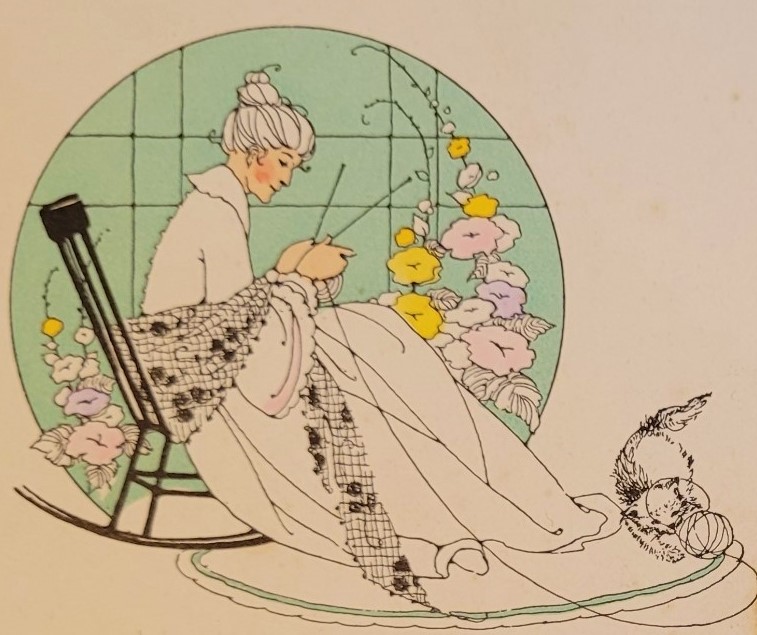
In awe of great grandmothers
I have just discovered several antique cards nestled in a small tin box – greetings that my Great Grandmother Feltmate received – and kept! I never thought of her as the sentimental type. In honour of International Women’s Day, let me tell you about her.
She was born Eunice Leannas Duncan on Cape Sable Island at “the Yarmouth end” of Nova Scotia. Her mother Eliza Ann had named her after her mother, Eunice McKinnon. People who knew her well called her Leannas or Lee, but many knew her as Eunice which she insisted they pronounce “U-Nice-ee”.
Her mother Eliza had married first Captain Ziba Newell who died at sea, leaving her a young widow with a small boy. A local blacksmith, Thomas Duncan, had also been recently widowed. When Thomas and Eliza Ann eventually married, Eliza Ann took on not only a new husband, but 6 stepchildren ranging from age 3 to 13, plus her own 5-year-old. The newlywed couple went on to have 8 more children including Leannas.
In 1868 when Leannas was twelve, a decision was made. There were three or more blacksmiths on “Cape Island” and none in Whitehead, a fishing port at the opposite end of Nova Scotia. Eliza and Thomas loaded all their belongings and their 8 children including new-born twins into a vessel and sailed for Whitehead, some 600 kms distant. Thomas’s youngest from his first marriage (age 17) came along as did Eliza’s first-born, now 21. They left behind Thomas’s five now-married children.
Above: two of the greeting cards
They stopped midway at Sheet Harbour to visit Thomas’s mother Mary – yet another of my very great grandmothers – but her story is for another day. Thomas and Eliza’s choice of Whitehead was not without reason. Mary’s sister Elizabeth and her husband John Munroe had moved their family to Whitehead some 50 years before! On arrival, with no Whitehead church yet built, Thomas’s cousin Hugh Munroe offered his house for the baptism of Thomas and Eliza’s 4-month-old twins and small son Sam.
Thomas set up his forge and made axes, shovels, oxen shoes, sleigh runners and door latches for the community. He also fished. Eliza Ann was an accomplished mid-wife and also brought sewing skills. Both she and Leannas called themselves a “seamstress” on census returns.
In 1871 at age 15, Leannas married my handsome great grandfather Sam Feltmate who was 23. Their first child Zylphia was born two and a half years later. Zylphia too would call herself a “tailoress”. Opinions vary about Leannas. Stories passed down by men spoke of a hard woman with a hot Scottish temper. My father said, “She was always looking for an angle, always had big ideas.” (Like that’s a bad thing?) On the other hand, women spoke of Leannas as being generous and kind. This entrepreneurial woman did what had to be done to help her family, and sometimes in unexpected ways.
Sam was a fisherman. With her first babe in arms, Leannas suggested they move to a small island at the mouth of the harbour so Sam would be closer to the fishing grounds. It put Leannas closer, too. Her father had been fishing with Leannas’s 16-year-old brother, but suffered a serious accident. Gangrene set in. At a time when having a woman on a boat was “bad luck” and no women went fishing, Leannas stepped in and fished with her brother Angus. My father begrudgingly said, “She was pretty good at it too – very good at sighting”. In that era without navigational instruments, fishermen (sorry – fisher-people) found their way safely home by sighting and lining up landmarks.
Her temper sometimes got the best of her. She was used to walking across the fields from her parents’ to visit her sister. But Harmon Feltmate had a house between and had recently brought home a bride from Gloucester: Margaret, pictured below, and known as MagHarm, as in “Maggie, wife of Harm”. MagHarm made the mistake of putting a fence across Leannas’s usual path. What a row, yelling at each other over the fence, until Leannas spied a scythe-sharpening stone lying in the grass, picked it up and broke it over Mag Harm’s nose! Ah yes. Good times.
Between 1875 and 1879, Leannas had 3 more babies including my grandfather Bill and a daughter Hannah. Little Hubert (and a later child too) died in infancy. What was Leannas up to during those child-bearing years?
Along with keeping house with no running water, a tub and a washboard for laundry, an outhouse, a woodstove for cooking, using a spinning wheel, hooking mats from scraps, sewing with a treadle machine and making her own candles and soap, we know she had a cow. An elderly villager remembered a long walk to school as a child, carrying only a bottle of tea for her mid-day meal. Passing Leannas’s home, she would wave her in, fill her bottle with fresh creamy milk and send her on her way.
Above are 3 tintypes of her children: Zylphia, Bill, and Hannah c.1883
Leannas had chickens. At a time when the fishermen relied on the middle-man merchant for both buying their gear and selling their fish, Leannas took her eggs to the local merchant and named her price. He said, “That’s an awful high price for something so small.”
“Not nearly as small as those nutmegs you’re selling for twice as much,” she retorted. He bought her eggs.
And somehow, she bought a piece of land! Maybe two! “Wheeling and dealing,” my father called it. At one point she tried to sell off a piece that belonged to her son Bill! But he put his foot down and told her she could not. It was unusual for someone to stand up to her.
When her eldest daughter Zylphia married, the newly-weds lived with Leannas and Sam. When Zylphia died in childbirth, Leannas raised the baby Essie as her own. Some of the saved greeting cards came from Essie and from Essie’s daughter.
When Leannas’s daughter Hannah married and moved to Belmont near Truro, Leannas saw an opportunity. She convinced Sam to leave the fishery and move there too. John George of Whitehead owned a vessel and Leannas gave him a 50-acre woodlot in exchange for moving them and their belongings to Belmont. Work opportunities for women were scarce. This move put her close to the lumber camps where she cooked for many years throughout that county.
Sadly, Sam died in 1912. He’d hitched a ride to work on a rail handcart. When a train came hurtling towards them, the younger men jumped clear, but Sam was killed. Essie, who at 18 had emigrated to “the Boston states” to find work, had married there. Leannas made several trips to Boston to visit her. Below, a picture of Essie, and one taken of Sam only a month before he was killed.
![Essie [McKenzie] Farrell](https://www.peggyfeltmate.com/wp-content/uploads/2022/03/Essie-McKenzie-young-resize-crop.jpg)
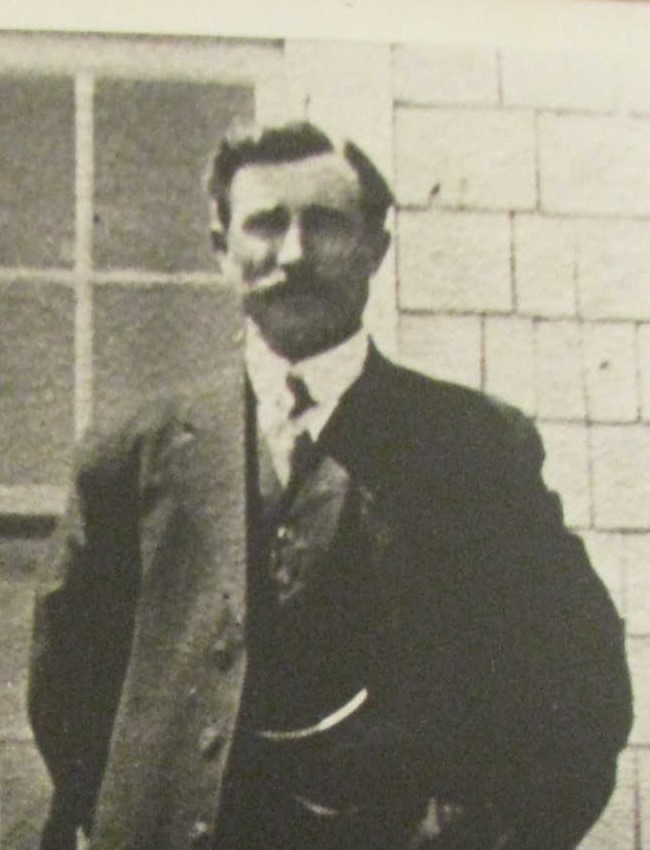
Returning to Whitehead, Leannas worked as cook and housekeeper for the lighthouse keepers on White Head Light. Her son Bill and family lived in a small house in Lower Whitehead. Leannas saw another opportunity. Her younger brother Sam had left Whitehead. She arranged for Bill to buy Sam’s house – not the land, just the house. It stood two lots away from Bill’s land. They moved the house on log rollers over to its present position and added a kitchen extension. We continue to use it for our summer visits today.
Now that the family had a larger home, Leannas could move in with them! She lived with my grandparents, my father and his sister for her final 10 years. She had her vanities. It was she who insisted on adding an oversized dormer window to the new home. “Impractical”, said all the men. “Loss of heat.” But she stood firm. We still call it Great Grandmother’s Window. It provides a beautiful view over the Cove and village and is one of my favorite things about the house.
Above L to R: Bill’s original small home; the “new” house as it looks today with its big dormer window; the “new” house in the 1930s
Wanting her white hair to be snowy, she washed it in laundry bluing – thinking if bluing made the linens bright white, why not her hair? Instead, her hair turned blue. She didn’t leave the house for weeks.
Ever independent, she wanted everything to hand in her little bedroom. She had her own small wood stove, food, pots, pans, all her belongings. My father thought it “an awful mess”. She smoked a pipe too – not unfashionable among women of her time. She arranged to have people come in and do her laundry or write letters for her when her eyesight failed. Clara Rhynold told me, “She’d dictate the letter to me, but the way she’d dictate, it wasn’t very easy to take it down. She had all her things around her in her bedroom there, just like a little kitchen like. And she had her bed in there. She was a stern woman, but she was an awfully nice person.”
One of the last things Great Grandmother Leannas did was sell a piece of land! She deeded it to the merchant – the very one who had argued with her about nutmegs and eggs all those years before. When she died a few months later, she was laid out in the parlour of the house. My father was tasked to “sit up with her” through that final night, as was the custom.
Here are a few final pictures of my Great Grandmother Eunice Leannas [Duncan] Feltmate. She was quite a woman.

![Eunice Leannas [Duncan] Feltmate](https://www.peggyfeltmate.com/wp-content/uploads/2022/03/EuniceLDuncanFeltmate-resize-682x1024.jpg)
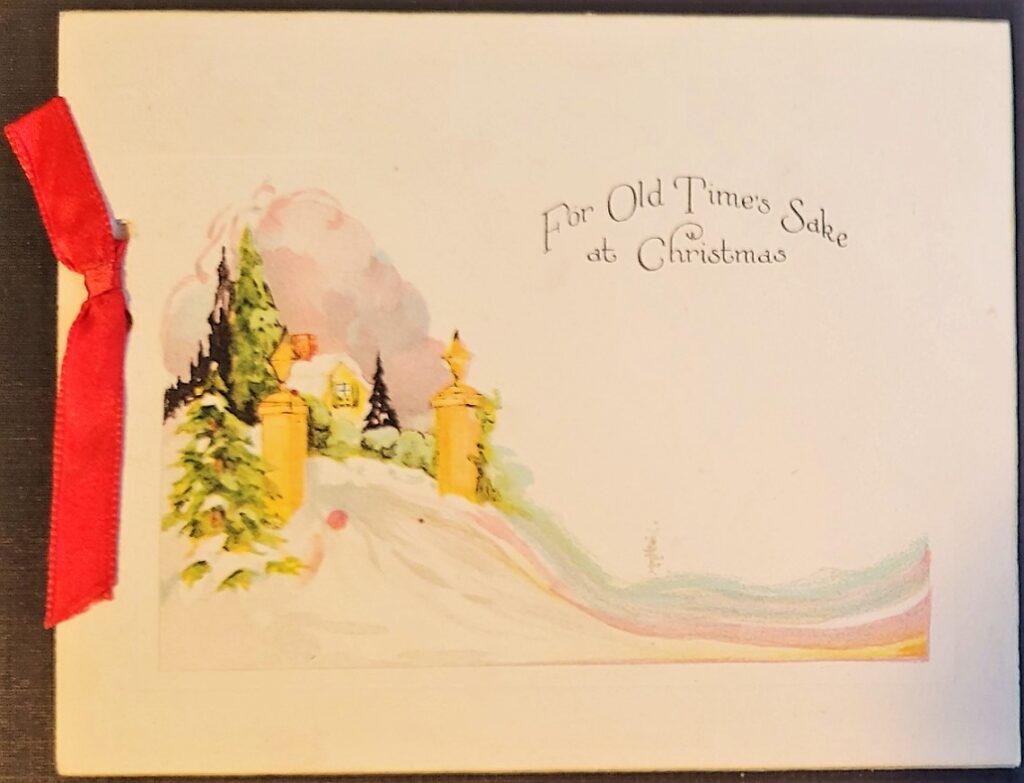
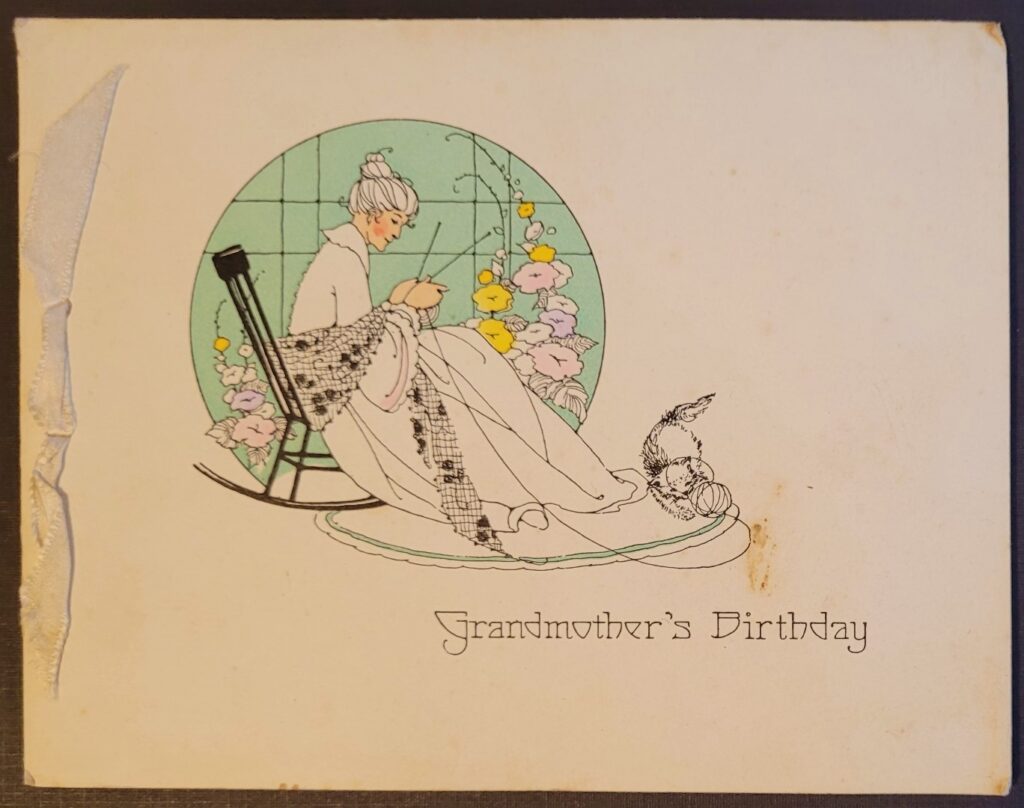
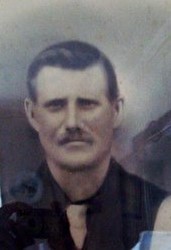
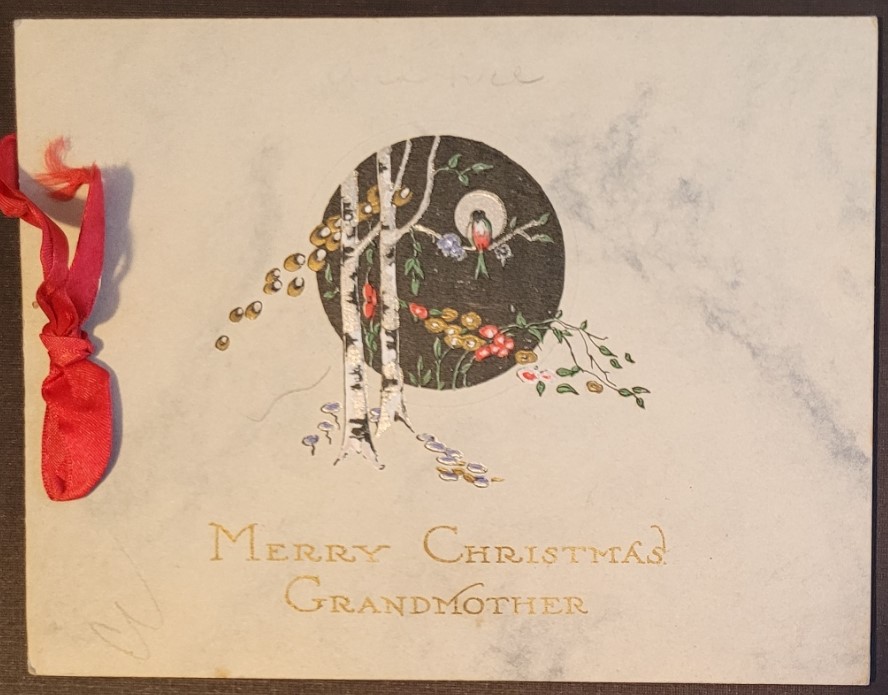
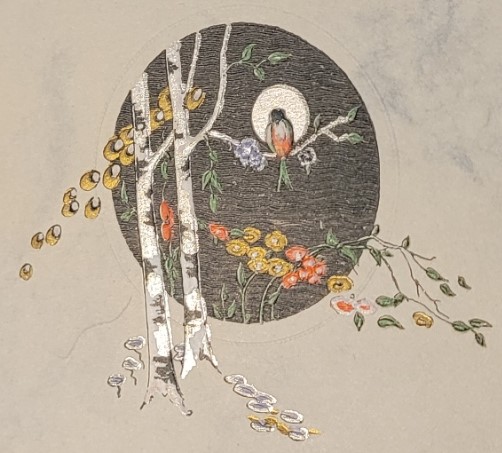
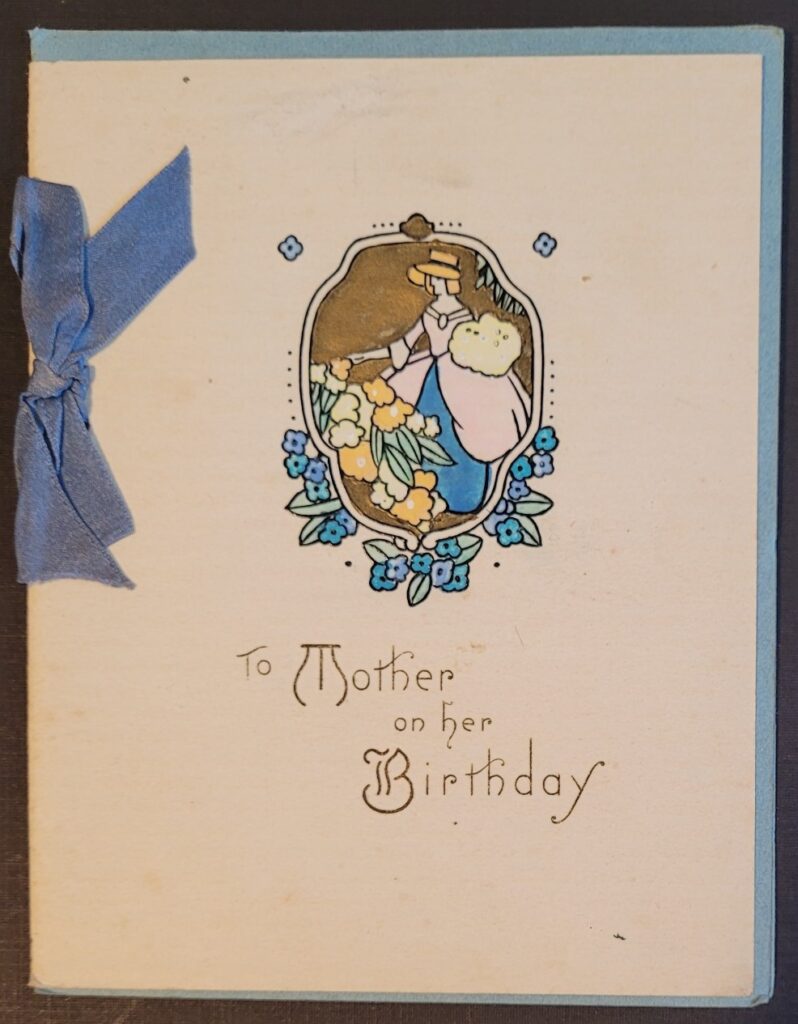
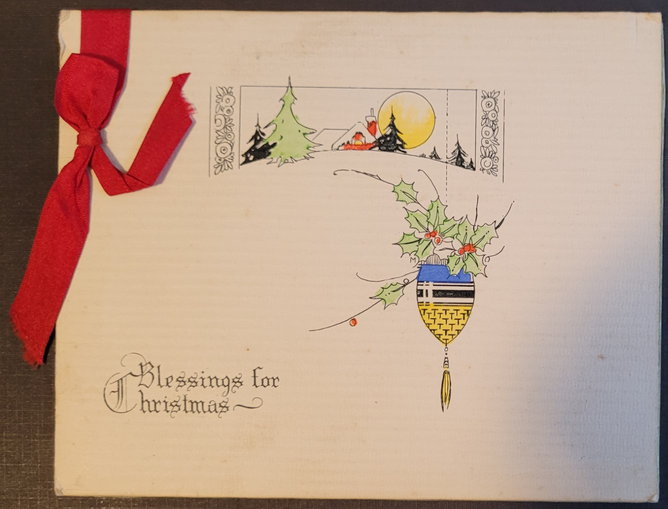
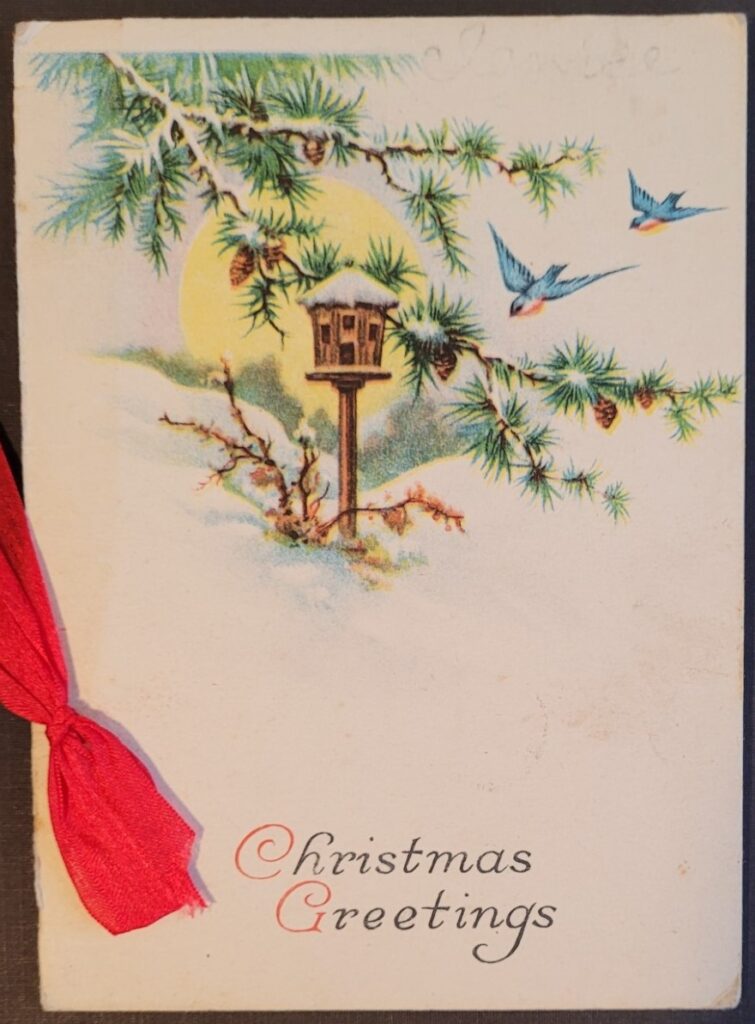
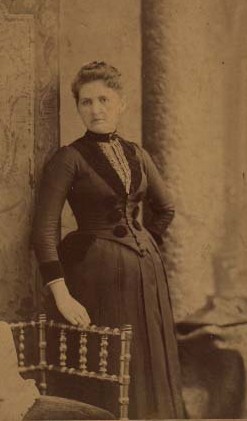
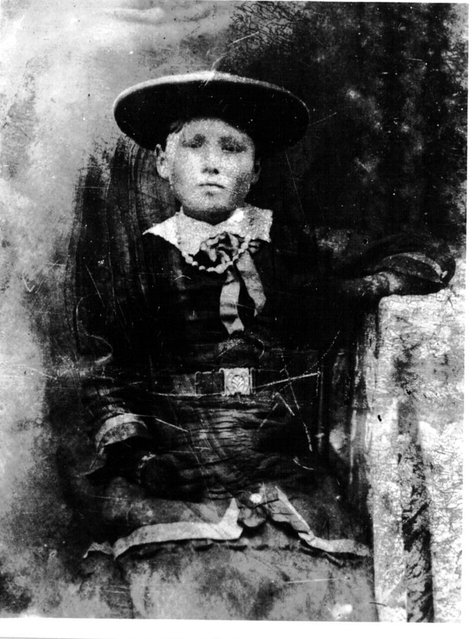
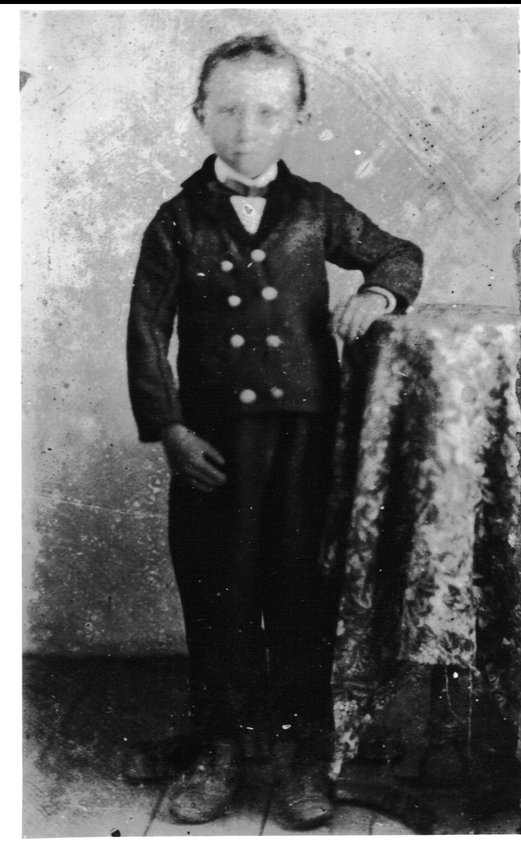
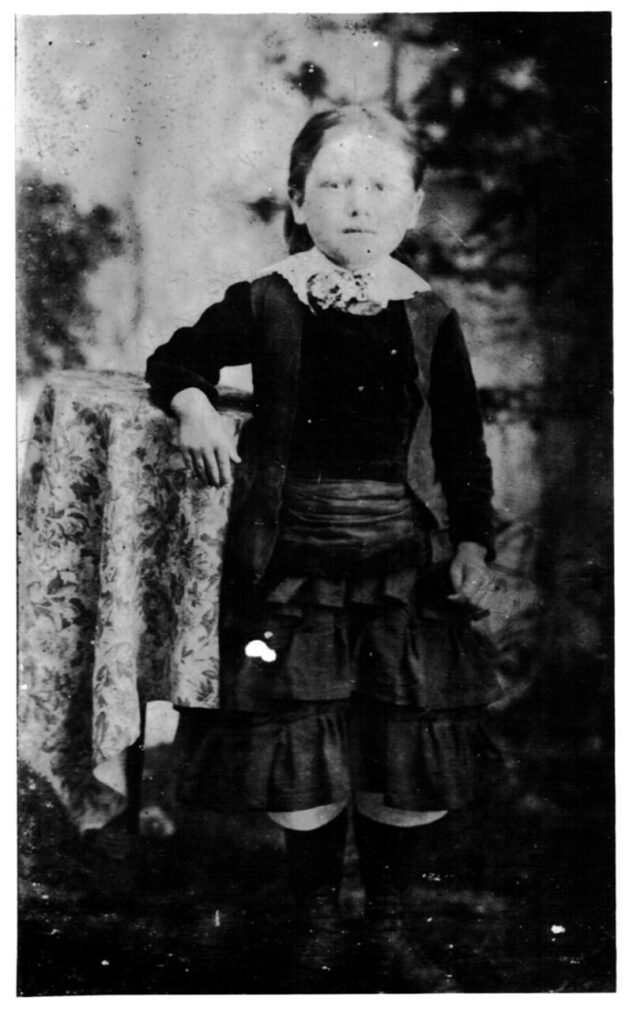
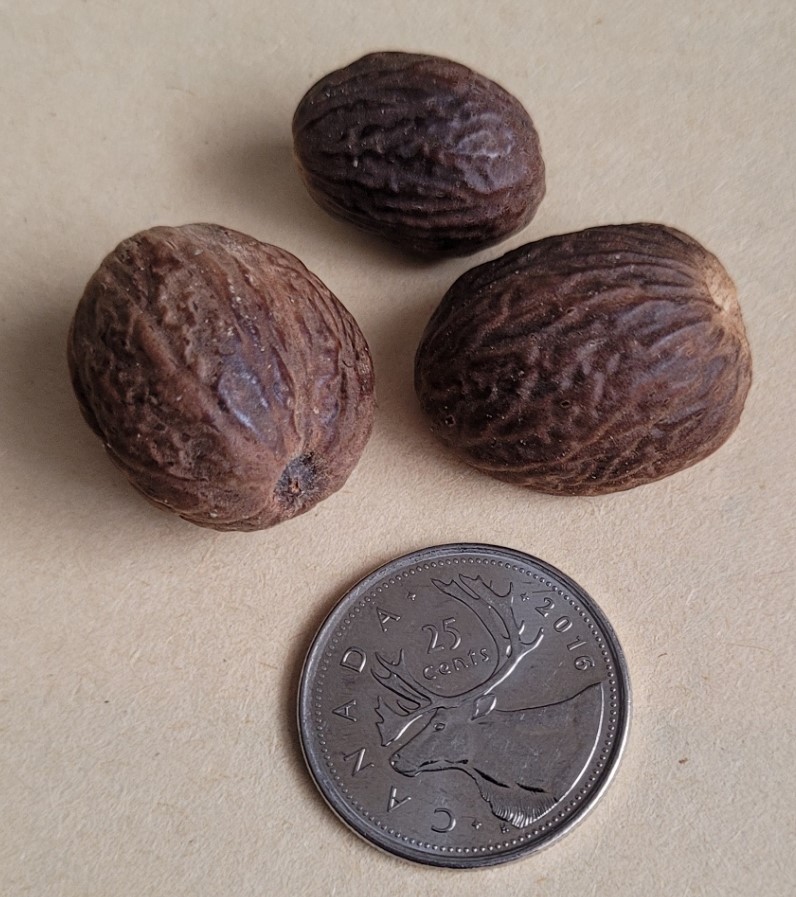
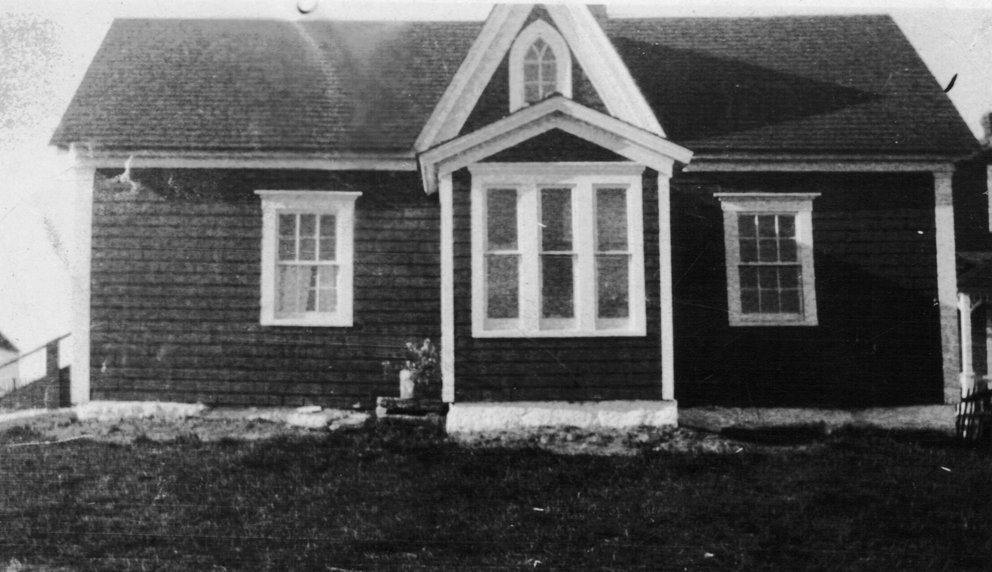
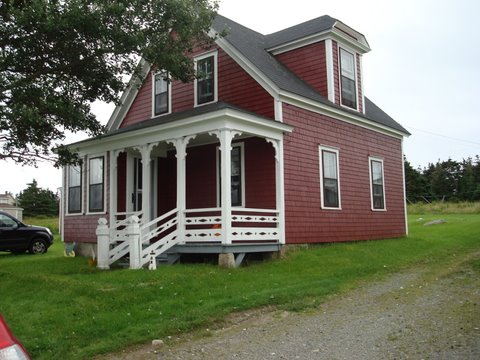
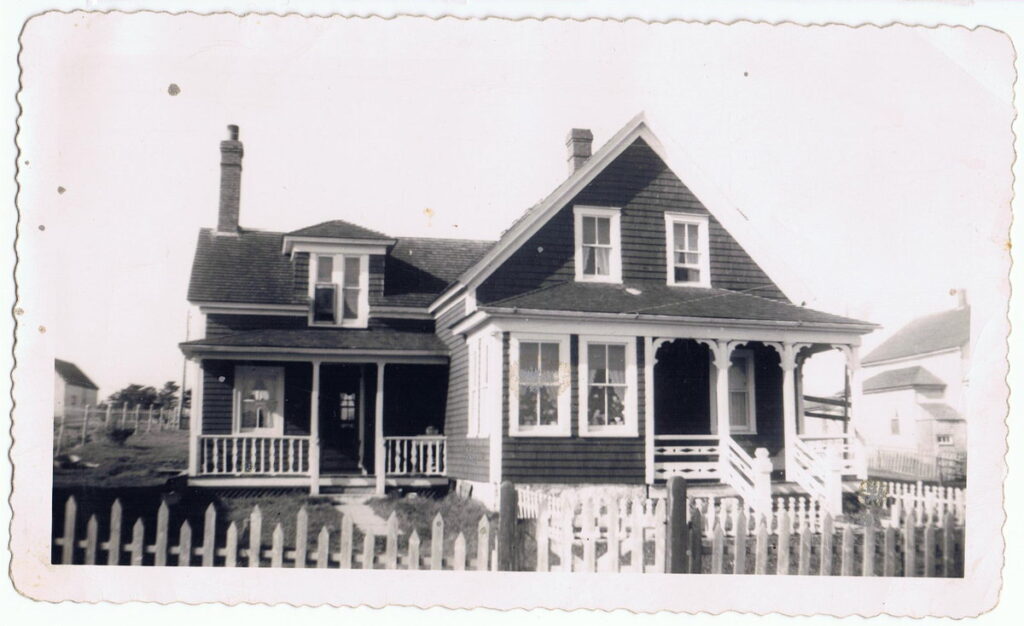
![Eunice Leannas [Duncan] Feltmate](https://www.peggyfeltmate.com/wp-content/uploads/2022/03/Sam-and-Eunice-Feltmate-ggrandparents-3.jpg)
![Eunice Leannas [Duncan] Feltmate](https://www.peggyfeltmate.com/wp-content/uploads/2022/03/Eunice-Duncan-Feltmate-679x1024.jpg)
![Eunice Leannas [Duncan] Feltmate](https://www.peggyfeltmate.com/wp-content/uploads/2022/03/great-grandmother-Eunice-L-Feltmate.jpg)
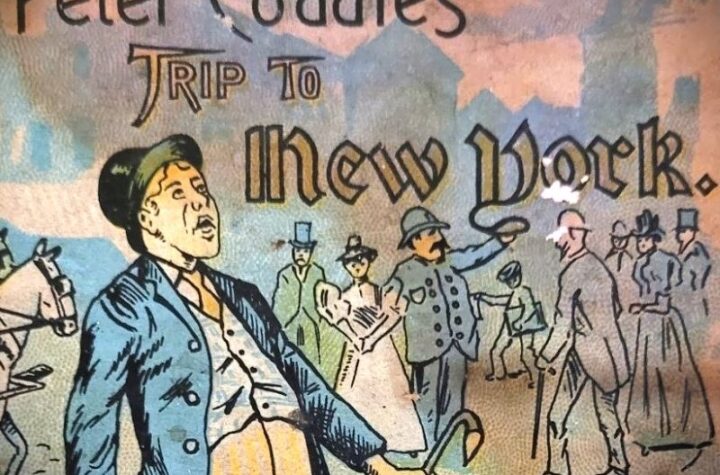
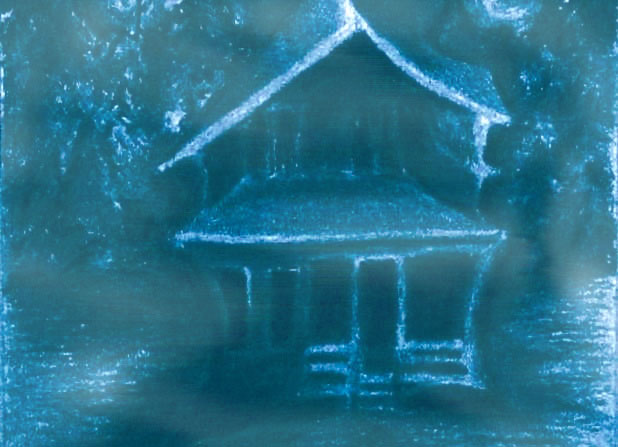
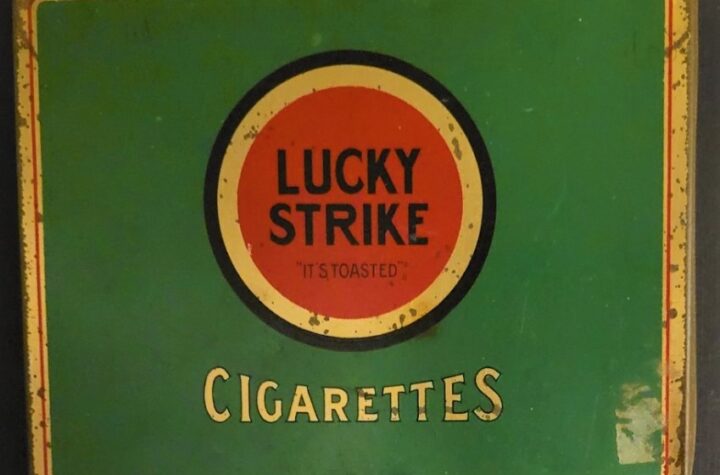
You are SO lucky Peggy, that you have pictures ! I have lots of postcards, but no pictures. Loved this story!
Thanks Norma. So glad you enjoyed it! I hadn’t realized these pretty little greeting cards had been Great Grandmother’s until I really looked at them and at the signatures inside this past week. Even better than having the pictures is that Nana and Aunt Marion labelled them all, so I actually know who they are!!!
What an amazing journey your Great Grandmother lived. What an amazing women. Thank you for sharing it , writing and recording it. Seems the apple didn’t fall far from the tree!
Ha. Just don’t let me get my hands on any scythe stones! Whenever I showed my temper, Arth Rhynold used to tell me, “That’s the Duncan in you!”
Oh, what a wonderful way to recognize such a wonderful lady.
She sounds like she was a leader and a smart woman for sure.
Thanks for inspiring me to get my writing skills dusted off!
A real story of a great life! Tks for sharing!
Thanks, Janette! I look forward to seeing what you come up with when you get back to writing!
Peggy, I thoroughly enjoyed reading your beautiful historical story of your family and their life in the 1800’s (was not an easy one).
Thank you, Marie! No, it was not easy, that’s for sure. Our forebears were strong resilient people, weren’t they!
Love that you honour ancestors by sharing their lives through story, Peggy. Thank you so much!
Thank YOU, Pat! Appreciate it.
Peggy